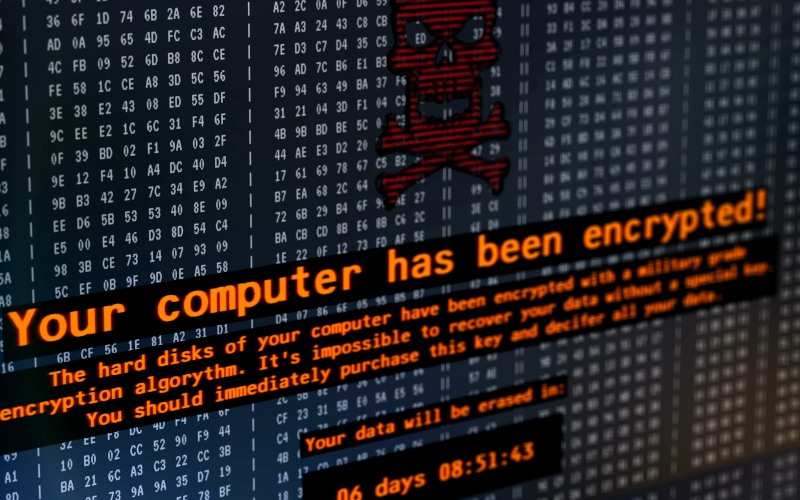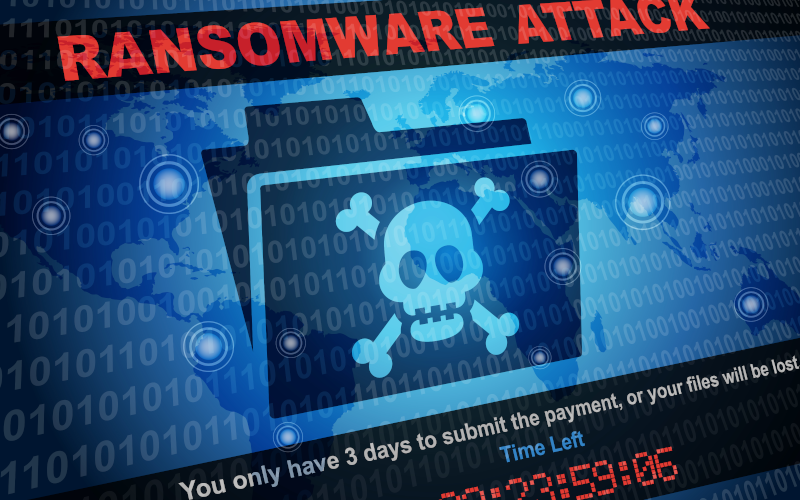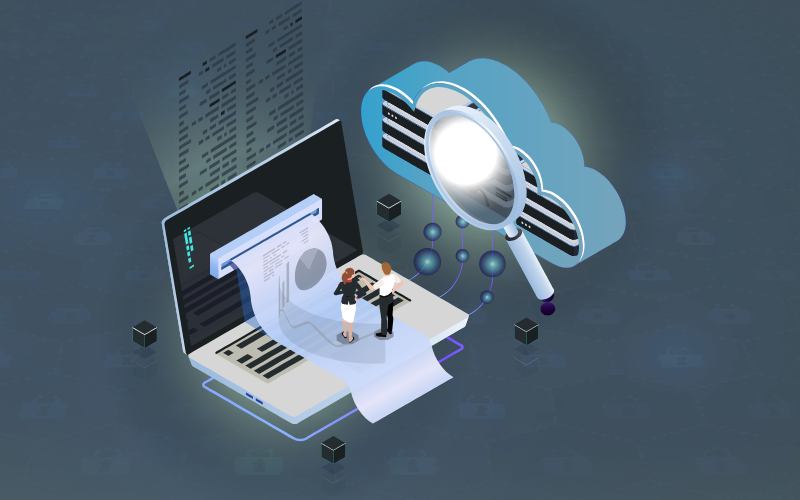
The Resource Public Key Infrastructure (RPKI) is essential for Internet routing security, as it provides a method to securely connect IP addresses to autonomous systems (AS) by validating route information.
RPKI effectively prevents BGP Hijacking-type attacks, where potential attackers maliciously redirect Internet traffic. This article aims to explore the design, implementation, and benefits of using RPKI to ensure security and authenticity in Internet routing.

Ransomware, one of the top cybersecurity threats in today's landscape, allows criminals to hijack data and demand ransoms. Although there are various families and variants, some are especially destructive. These cybercriminals have refined their methods, using everything from complex extortion to bug bounty-type programs. In the face of these challenges, we will explore tools and strategies to recover from and defend against such attacks.

Managing and predicting vulnerabilities has become an essential task for cybersecurity. The Exploit Prediction Scoring System (EPSS) is a methodology launched in 2019, which uses algorithms and threat intelligence data to predict the likelihood of a specific vulnerability being exploited by threat actors in a short space of time.
In an environment where organizations are faced with an increasing number of vulnerabilities, EPSS effectively prioritizes responses to vulnerabilities based on their risk of exploitation. Through meticulous information collection and analysis, this system offers an efficient view of the threats affecting the business, allowing organizations to act proactively. This article focuses on understanding EPSS, how it improves security posture, and best practices for its implementation.

The Hive ransomware (especially in its v5 version) stands out for its sophistication, and for the impact caused to hundreds of companies and organizations worldwide, bypassing conventional defenses and challenging analysts with its advanced techniques.
In this article, we unravel its features, from its encryption methods to its anti-analysis countermeasures, illustrating not only the threat it poses, but also how it can be combated. Through a technical analysis, it is intended to empower readers with the knowledge necessary to understand and ultimately defend against these types of threats.

The security gaps and issues that exist within industrial environments are sometimes unknown to many information consumers. This article aims to bring first hand some of the most interesting issues and attack trends in 2023 in the industrial sector. Different industrial cybersecurity incidents so far this year will be described at a high level and a comparison will be made with the trend presented at the beginning of the year.

OSINT (Open-Source Intelligence) is a technique that focuses on the collection, evaluation and analysis of public information through different methods and techniques, with the objective of discovering vulnerabilities or collecting sensitive information that could become threats.
It should be emphasized that the data collection is not called OSINT, it would be raw information. Once this information is evaluated and treated, it could be said that we are really talking about open-source intelligence (OSINT).
Initially it has been used in the military and government sector. Its use in OT, with disciplines such as SIGINT (Signals Intelligence), IMINT (Imagery Intelligence) or even 'Sock Puppets' (fake profiles or intruders in technical forums) is making havoc due to the criticality of this equipment. Disinformation or the compilation of sensitive industrial technical information are some of the serious consequences that this sector is exposed to.

The Avaddon ransomware appears as a disturbing threat that has demonstrated its ability to exploit vulnerabilities in systems, compromising the security and integrity of critical data.
This article dives into the details of how Avaddon works, while also providing a comprehensive analysis of strategies to detect and mitigate the threat.

The presence of Shadow IT, i.e., the unauthorized or unmanaged use of IT technologies and services by employees, poses challenges and risks of considerable magnitude.
The rapid adoption of personal devices and applications, as well as accessibility to cloud services, have increased the complexity of the security landscape. This situation poses a risk that can compromise the confidentiality and integrity of the organization's information.

This article introduces how ESXiArgs operates, and offers an approach to identifying and addressing the threat. Examining the characteristics and behaviours of ransomware, it provides detailed insight into the tactics it uses and how these can be detected in a vulnerable environment. It also explores strategies and best practices for cleaning and disinfecting compromised systems, restoring trust and security to the affected infrastructure.

With this study, we seek to offer a deep knowledge about the reconnaissance activity in cybersecurity, so that professionals from different fields can consider these tactics as an integral part of their security strategies. This study also aims to increase general understanding of these techniques and how they can be used to effectively protect information and systems.



